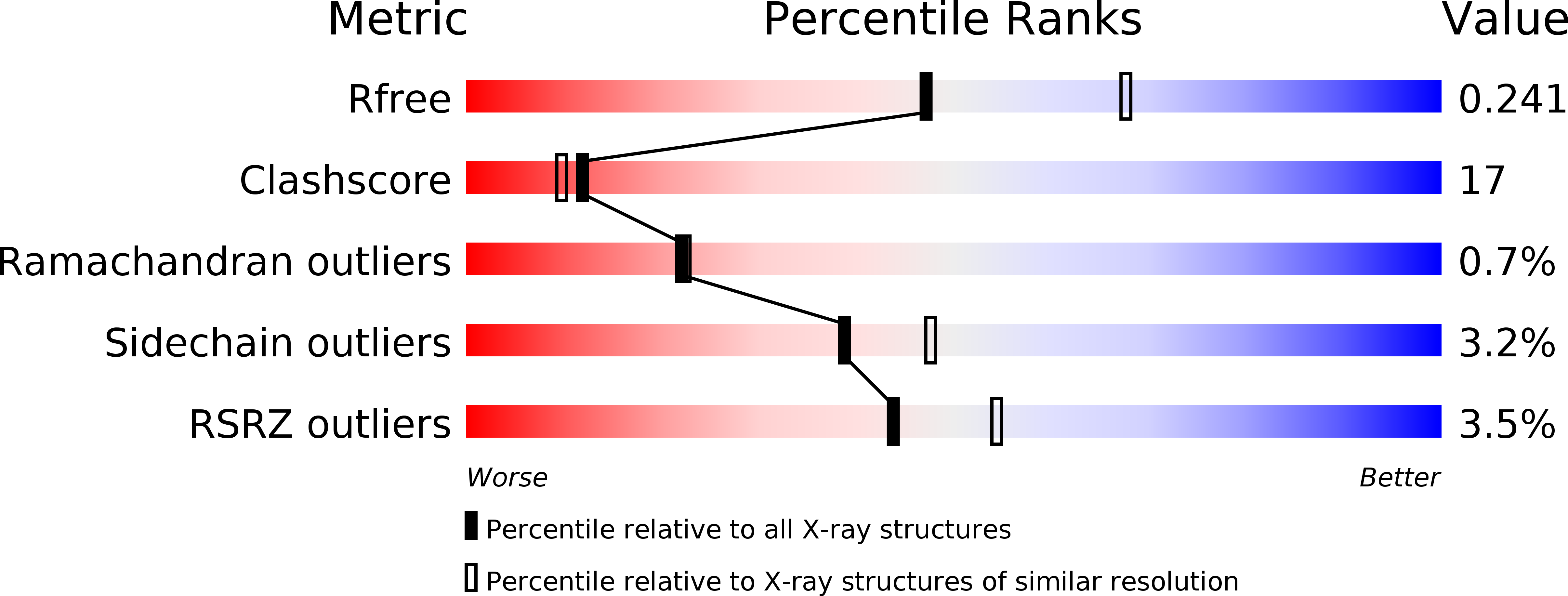
Deposition Date
2005-02-01
Release Date
2005-12-20
Last Version Date
2025-03-26
Entry Detail
PDB ID:
1YQ4
Keywords:
Title:
Avian respiratory complex ii with 3-nitropropionate and ubiquinone
Biological Source:
Source Organism:
Gallus gallus (Taxon ID: 9031)
Method Details:
Experimental Method:
Resolution:
2.33 Å
R-Value Free:
0.25
R-Value Work:
0.20
R-Value Observed:
0.20
Space Group:
P 21 21 21


